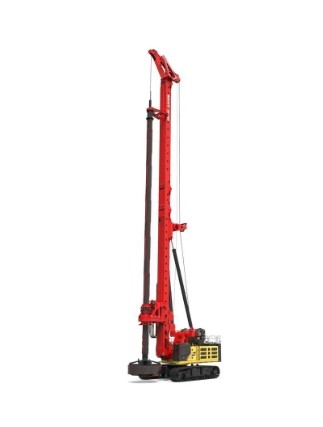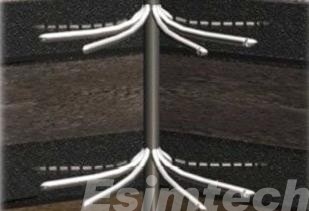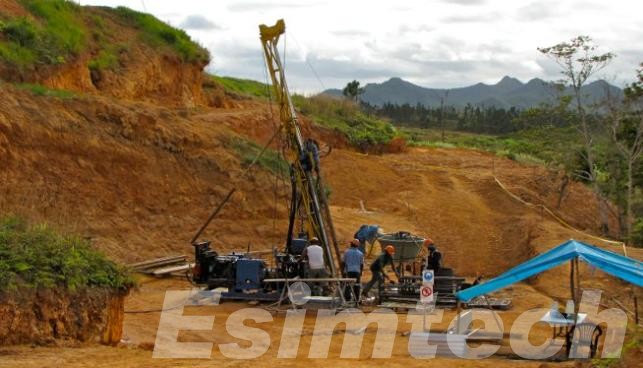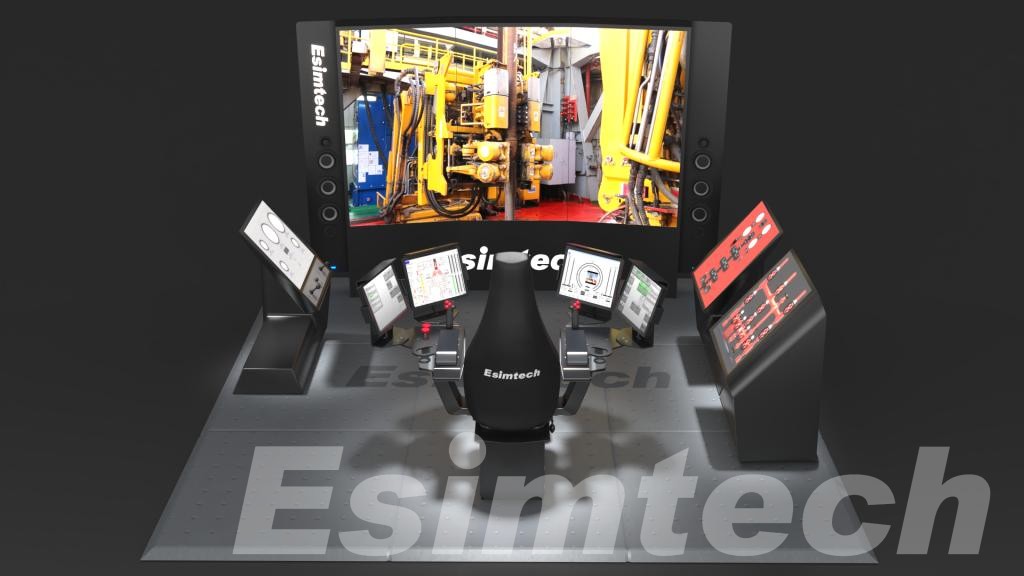Comparative Analysis of Different Drilling Methods
The extraction of Earth’s valuable resources, such as oil, gas, and minerals, relies heavily on the efficiency and effectiveness of drilling methods and technologies. Over the years, various drilling methods have been developed and refined to meet the challenges posed by different geological conditions and project requirements. This article provides an in-depth exploration of different drilling methods, conducts a comparative analysis of their strengths and weaknesses, and examines the technological advancements that have revolutionized the drilling industry.
An Overview of Drilling Methods
The vast array of drilling methods employed in the extraction of subsurface resources can be broadly categorized into two main types: rotary drilling and non-rotary drilling, each encompassing diverse techniques tailored to specific geological challenges.
Rotary Drilling

This widely adopted method relies on a rotating drill bit to break and remove rock formations. The bit is attached to a drill string, which is rotated by a powerful motor and fed downward through the wellbore. Drilling fluids, typically a mixture of water, clay, and chemicals, circulate down the drill string to cool the bit, lubricate the hole, and remove cuttings. Rotary drilling comprises various techniques, including:
1. Conventional Rotary Drilling
This method, the most common, employs a tricone bit with three rotating cones to crush and break rock. It is versatile and effective in a wide range of geological formations.
2. Diamond Rotary Drilling
Utilizing diamond-impregnated bits, this technique offers exceptional wear resistance and penetration capabilities, making it suitable for hard rock formations where conventional bits may struggle.
3. Directional Rotary Drilling
In this method, a steerable drill bit is employed to deviate from the vertical path, allowing for access to resources located off-center. It provides flexibility in reaching specific reservoir targets.
Non-Rotary Drilling
This category encompasses methods that do not rely on a rotating bit, offering alternative approaches to specific drilling challenges. Some common non-rotary methods include:
1. Percussion Drilling
Percussion drilling uses a hammer to drive a drill bit into the ground, making it suitable for shallow boreholes and exploration. It is often employed in situations where rotary drilling may be impractical.

2. Jet Drilling
Jet drilling utilizes a high-pressure fluid jet to pulverize rock and create the borehole. This method is particularly effective in soft formations where mechanical drilling may encounter challenges.
3. Auger Drilling
Auger drilling employs a continuous spiral auger to dig and remove soil, making it ideal for shallow excavations and soil sampling. This method is efficient for projects where the emphasis is on extracting soil samples for analysis.

Understanding the distinctions between rotary and non-rotary drilling methods allows drilling engineers to choose the most suitable technique based on geological conditions, well objectives, and environmental considerations. The versatility within each category enables the industry to adapt and innovate, continually improving drilling practices for the exploration and production of subsurface resources.
Comparative Analysis of Drilling Methods
Choosing the right drilling method depends on various factors like:
- Formation type: Soft formations may require jet drilling, while hard rock may necessitate diamond rotary drilling.
- Depth of the borehole: Rotary drilling is well-suited for deep wells, while percussion drilling is effective for shallow depths.
- Cost and efficiency: Rotary drilling can be faster but more expensive than non-rotary methods.
- Environmental considerations: Jet drilling can be noisy and generate waste, while auger drilling is relatively low-impact.
The table below provides a comparative overview of some common drilling methods:
| Method | Advantages | Disadvantages | Applications |
| Conventional Rotary Drilling | Versatile, efficient, good for various formations | Higher cost, potential for borehole deviation | Oil and gas exploration, water well drilling, mineral exploration |
| Diamond Rotary Drilling | High penetration rate in hard rock, durable | Expensive, requires specialized equipment | Deep oil and gas wells, hard rock mining |
| Directional Rotary Drilling | Reaches off-center targets, reduces environmental impact | Complex, requires skilled personnel | Offshore drilling, complex well development |
| Percussion Drilling | Fast, economical for shallow depths | Limited depth, noisy, vibrations | Shallow foundation work, water well drilling, soil sampling |
| Jet Drilling | Fast penetration in soft formations, accurate vertical boreholes | Generates noise and waste, limited to soft formations | Construction, foundation work, environmental site assessments |
| Auger Drilling | Low-impact, efficient for shallow soil removal | Limited depth, not suitable for hard formations | Soil sampling, environmental monitoring, shallow excavations |
Technological Advancements in Drilling Methods
The frontiers of drilling are constantly evolving, fueled by cutting-edge advancements:
- Automation and Robotics: Replacing manual labor with robots enhances safety, minimizes human error, and improves efficiency. Imagine a tireless robotic arm handling delicate tasks at the borehole.
- Data Analytics and Real-Time Monitoring: Sensors and software now provide a real-time pulse of the drilling process, optimizing decision-making and preventing costly mistakes. Think of a subterranean doctor continuously monitoring the wellbore’s health.
- Advanced Drilling Fluids: Nano-engineered fluids are revolutionizing lubrication, cooling, and wellbore stability, opening doors to previously inaccessible depths and formations. Imagine a magic potion boosting drilling performance under extreme conditions.
- Artificial Intelligence: AI algorithms are learning to predict drilling challenges, recommend optimal techniques, and even autonomously adjust parameters for safer and more efficient operations. Picture a drilling mastermind anticipating and solving problems before they arise.

5. Drilling simulation: Drilling simulation, a cornerstone of modern drilling engineering, offers a risk-free platform for training and scenario analysis.
Benefits of Drilling Simulation
- Risk Mitigation: Identifying and mitigating risks proactively.
- Training: Realistic, immersive training for drillers.
- Scenario Analysis: Modeling and optimizing drilling scenarios.
- Continuous Improvement: Analyzing simulation results for refining drilling practices.
Challenges and Future Developments
Ongoing challenges include accurately replicating downhole conditions. Future developments may enhance simulation fidelity and integrate augmented reality.
Conclusion
The intricate world of drilling methods and technologies is a testament to human ingenuity and our insatiable thirst for subterranean treasures. As we delve deeper into the earth, the tools we wield become increasingly sophisticated, pushing the boundaries of what’s possible. By analyzing the strengths and weaknesses of different methods, embracing technological advancements, and prioritizing environmental responsibility, we can ensure that this vital field continues to fuel our world, responsibly and sustainably.
